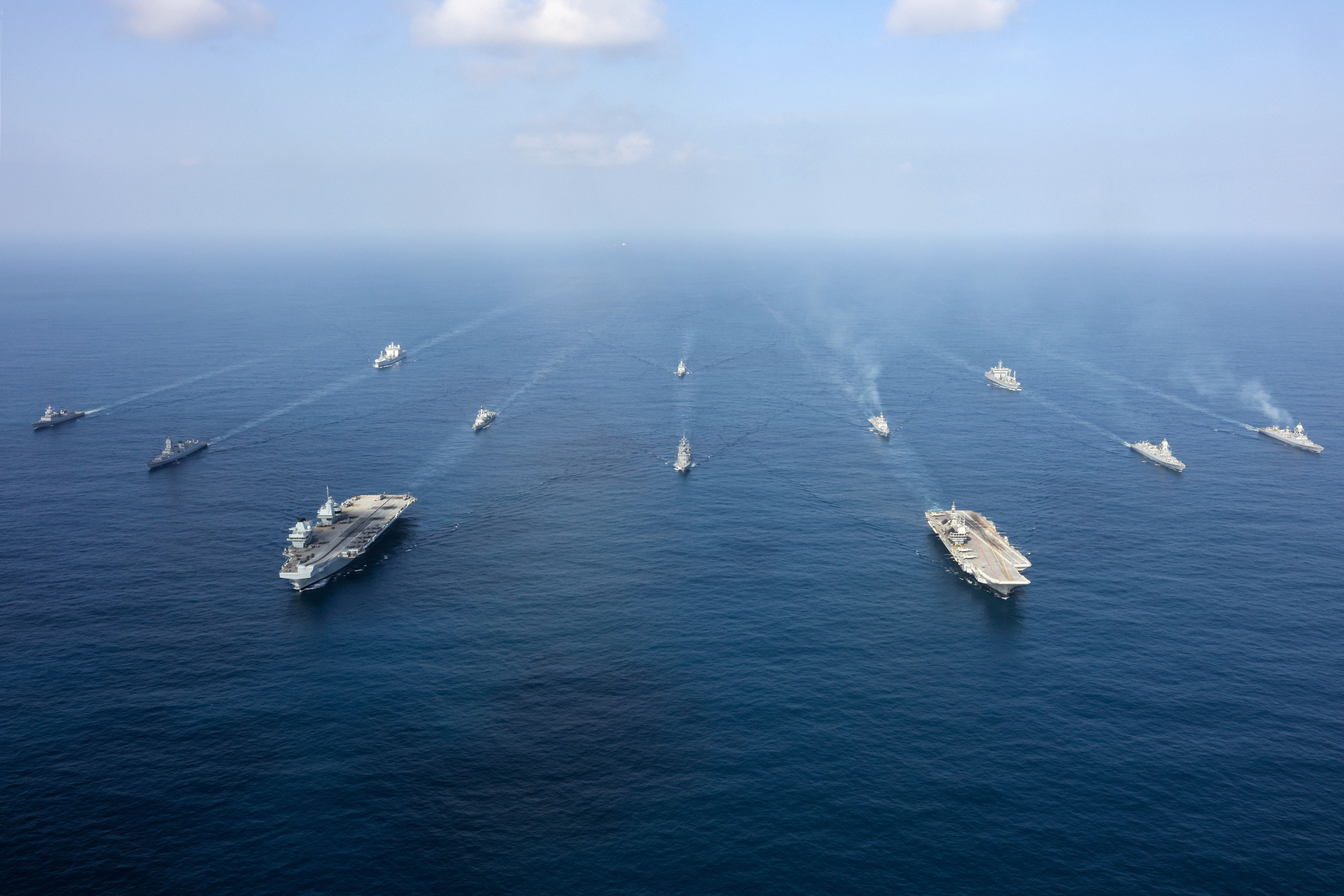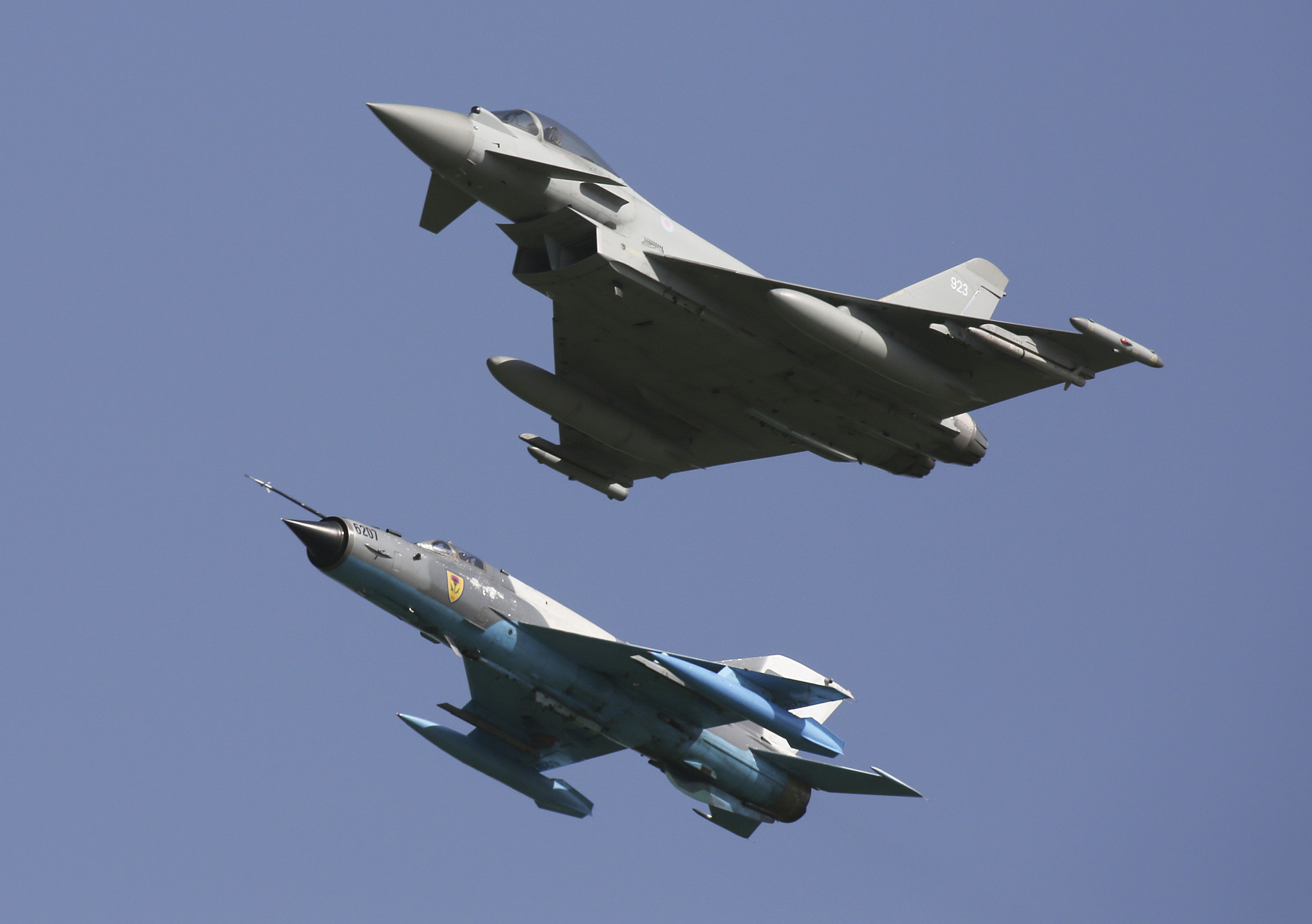
Naomi Hulme
The unprecedented global conflicts across our world have pushed the phrases ‘operational advantage’ and ‘competitive edge’ to be defined by the very technology that delivers their outcomes.
From Ukraine to the Middle East, and even closer to home, the battle for democracy is taking place inside our screens. And while Western defence would do well to ensure those screens are helping people make the right decisions, at the right time, what if we could go further?
What if we could use data to build simulations that model the impacts of these information warfare strategies so that they can be effectively mitigated, before they even start presenting risk?
The current offering of defence technology platforms simply fails to fully represent the complex and unseen risks, resulting in an opaque awareness of interdependencies and intelligence that can impact the outcome of mission success.
Simulation, modelling, and AI have been used for years to create an ecosystem of bespoke and specific tooling, delivering insights for defence organisations across the West. They support intelligence gathering, mission planning, forecasting, and much more. But they are often localised, highly focused systems that can very rarely grasp the holistic and interconnected nature of modern operations.
Across Europe, defence Ministries must take the next step on the journey to technological superiority: adding richness, detail, scale and complexity to their digital warfighting and war planning capabilities by fusing modelling, simulation, and AI in a System of Systems approach.
Interoperability in defence goes far beyond a F-35B Lightning Jet landing on an aircraft carrier. Good interoperability requires the seamless integration of communication networks, surveillance systems, and logistical support, all working in tandem to deliver operational success. In government too, effective interoperability joins up large, disparate organisations, allowing them to function as a cohesive operational entity.
At Skyral, we embrace a ‘System of Systems’ (SoS) approach that transcends traditional operational frameworks. SoS is an integrated, interoperable way of using technology that more accurately models the complexity and nuances of the real world challenges that abound today.
So how does this benefit governments, and especially defence organisations?
Well, we know that the most significant obstacles in defence operations are the fragmentation of information and the lack of human behaviour modelling. Skyral’s SoS approach aims to dismantle these information silos and add a new human dimension facilitating access to critical insights when most needed. This allows a comprehensive operational view, supporting informed and timely decision-making under resource constraints.
Utilising our flexible digital twin environment product line–Skyral Mirror–powered by Skyral Core (our proven synthetic environment platform), our team of Applied Scientists and Model Engineers have used the SoS approach to build synthetic representations of some of the most complex scenarios for defence and government.
Skyral Mirror goes further than existing digital twin technology as it endeavours to fuse together data, models, digital twins and AI techniques in an explainable manner to generate valuable insights not achievable previously:
A powerful combination of predictive models for human behaviours fused with real-world system digital twins to simulate vivid and complex future scenarios.

Naomi Hulme

Lee Doherty

Naomi Hulme